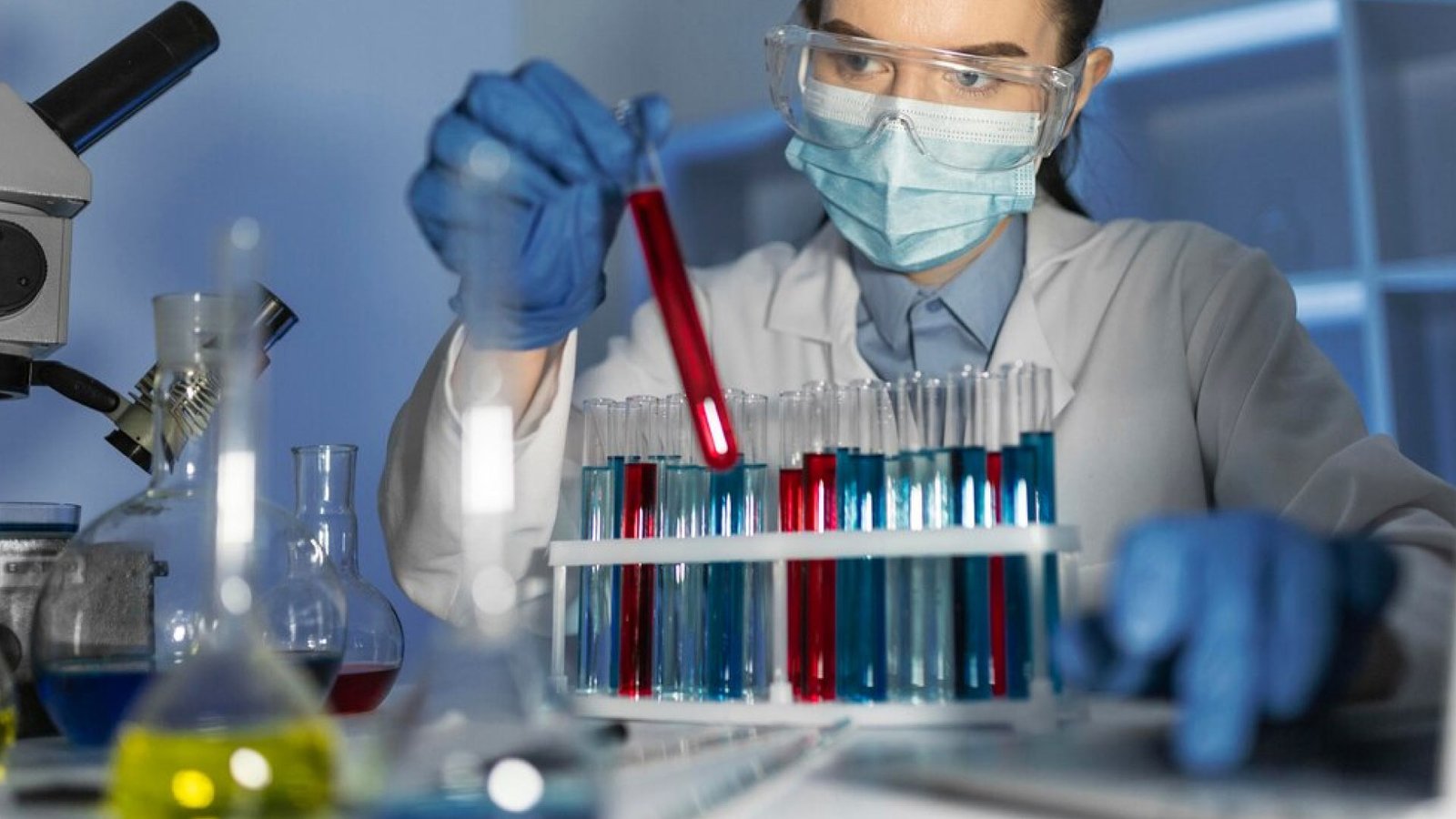MTL-HBG drug candidate demonstrated best-in-class activity in highly translatable pre-clinical model
Data underscores transformational therapeutic potential in sickle cell disease
MiNA Therapeutics Limited, the pioneer in small activating RNA (RNAa) therapeutics, announced today that it will present new pre-clinical data on its RNA activation program for the treatment of sickle cell disease at the European Hematology Association 2025 Congress. Pre-clinical studies of MTL-HBG drug candidate demonstrated best-in-class activity in a highly translatable model and underscore its transformational therapeutic potential in sickle cell disease. The data will be presented on June 14, 2025 at 5:30 p.m. CEST in an oral presentation.
MTL-HBG is an RNAa medicine designed to increase transcription of the gamma globin gene (HBG), enabling people with sickle cell disease to produce enhanced levels of fetal hemoglobin (HbF). HbF is a compensatory form of hemoglobin which, when induced to sufficient levels, protects people with sickle cell disease from a range of symptoms including recurrent vaso-occlusive crises and progressive organ damage.
“The extraordinary levels of fetal hemoglobin induced by MTL-HBG underscore its transformational therapeutic potential,” said Robert Habib, CEO of MiNA Therapeutics. “This new pre-clinical data further increases our confidence of translating the potential therapeutic benefits of MTL-HBG to patients with sickle cell disease.”
MTL-HBG is administered in vivo without the need for harmful pre-conditioning or complex cell engineering. MTL-HBG comprises an RNAa payload, which directly targets the HBG gene and is encapsulated in NOV340 liposomes. MTL-HBG has previously demonstrated promising biodistribution and in vivo activity in non-human primates. MTL-HBG is currently in IND-enabling studies.
The presentation highlights how MTL-HBG induced HbF to 62% as a proportion of total hemoglobin (% HbF) in erythroid progenitor cells derived from four patients with sickle cell disease. These levels represented an absolute increase of 45% HbF compared to negative controls. In addition, induction of HbF was demonstrated to be pancellular, with 82% of erythroid progenitor cells expressing HbF. The studies were conducted with reduced drug doses that replicate the level of cellular uptake of MTL-HBG anticipated in patients following systemic administration.
Oral Presentation Details
Title: Small activating RNA-mediated induction of HBG via liposome delivery for in vivo treatment of sickle cell disease
Session Date and Time: Saturday, June 14, 2025, 5:30 p.m. – 5:45 p.m. CEST
Session Title: Sickle cell disease complications and therapeutic strategies
Room: Coral 3
Abstract Number: S287
Discover the latest trends and insights—explore the Business Insights Journal for up-to-date strategies and industry breakthroughs!

